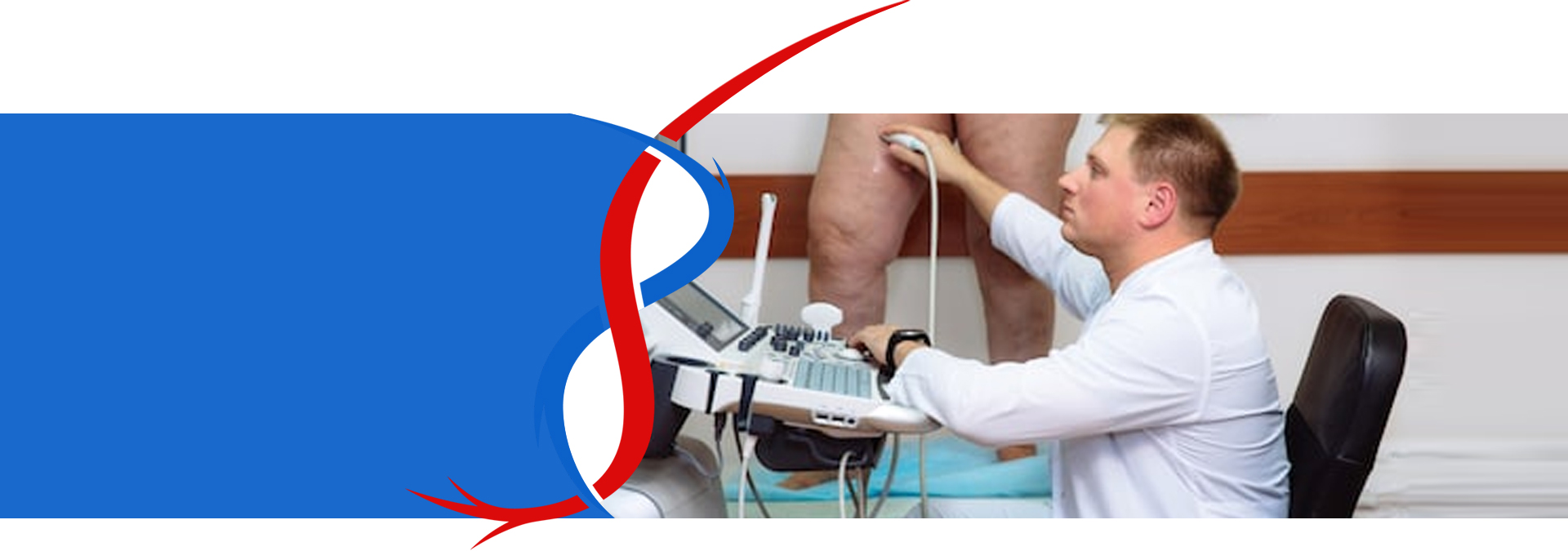JRK Medicals
Phlebology & Vascular Specialists located in Rochester, MN
Varicose veins and spider veins are often diagnosed with history and physical examination.
Examination of the leg skin reveals small pink spider like veins or bluish small reticular veins. Varicose veins are often larger bulgy and ropy veins. They can be present anywhere on the thighs, legs, ankles or feet.
Schedule your consultation or appointment by calling or booking online.
How are varicose veins diagnosed ?
Varicose veins and spider veins are often diagnosed with history and physical examination.
Examination of the leg skin reveals small pink spider like veins or bluish small reticular veins. Varicose veins are often larger bulgy and ropy veins. They can be present anywhere on the thighs, legs, ankles or feet.
In order to study whether valves within the veins are working properly, additional testing would be required. There are two types of tests usually done for diagnosing vein problems.
Ultrasound is commonly done to detect function of valves within the superficial and deep veins of the legs. With special technique a well-trained sonographer can detect if there is leakage within the valves of the large superficial and deep veins. An ultrasound can also detect if there is any evidence of blood clot within the veins. This noninvasive test is not painful and causes minimal, if any, discomfort. The patient may require standing for a period of time while sonographer examines the veins in the legs.

Your initial visit for vein consultation
1. Please bring to your first appointment; a list of your current medications and your medical records, including prior treatments.
2. You will be given a questionnaire to assess the symptoms and extent of venous disease.
3. Physical exam is done to assess the extent of venous disease.
4. Photographs are taken as a baseline.
5. An ultrasound is done, if felt necessary, after obtaining history and examination.
6. Prescription strength medical compression stockings are often given as initial medical treatment.
7. Based on the findings of the physical examination, ultrasound test and symptoms, a treatment plan will be discussed.
8. Information material will be provided to ensure proper understanding and education regarding venous disease.
9. Insurance questions are answered by office staff. Many insurance companies require trial of medical therapy before treatment.
10. After treatment, a follow-up ultrasound is often done three days after endovenous catheter treatment to assess for any blood clot extension into the deep vein and to ensure vein has closed. A 6-12-month follow-up is recommended after initial treatment depending on additional treatment necessary for smaller veins.
11. We can assist you in contacting your insurance company to verify medical coverage and obtain any prior authorization necessary.
Schedule your consultation or appointment by calling or booking online.

 507-322-6967
507-322-6967